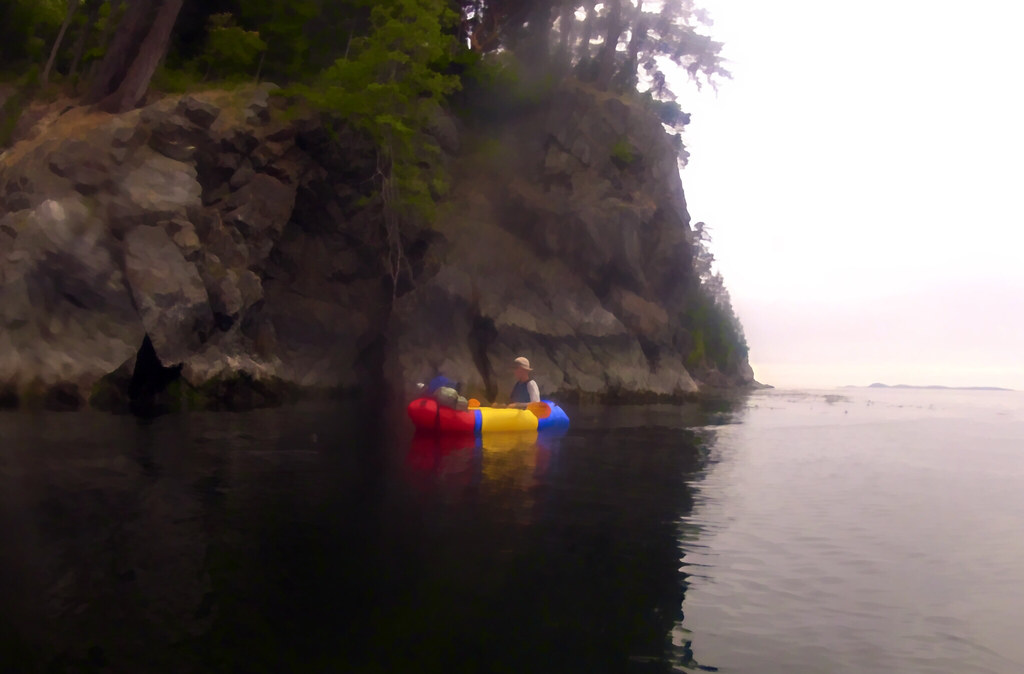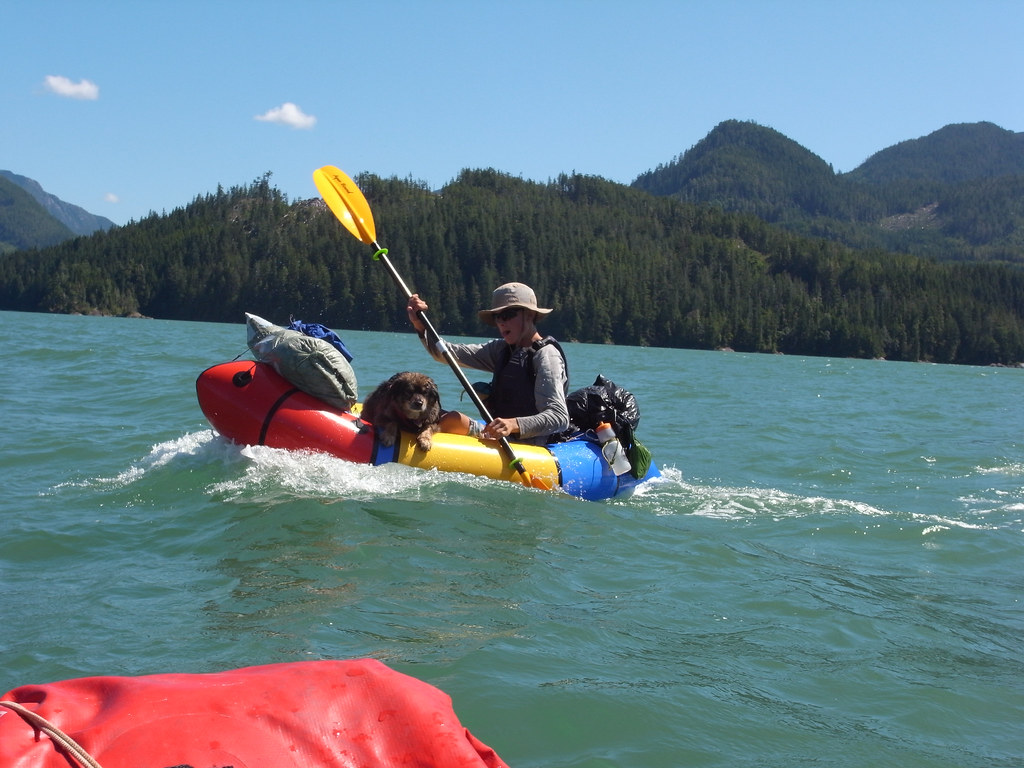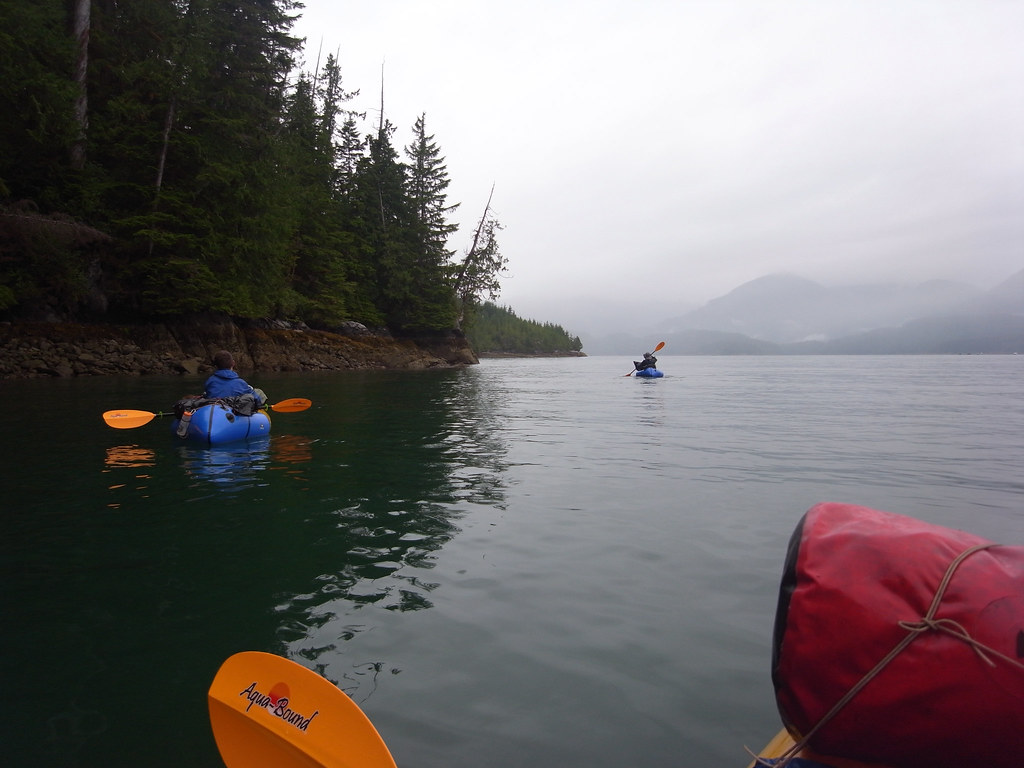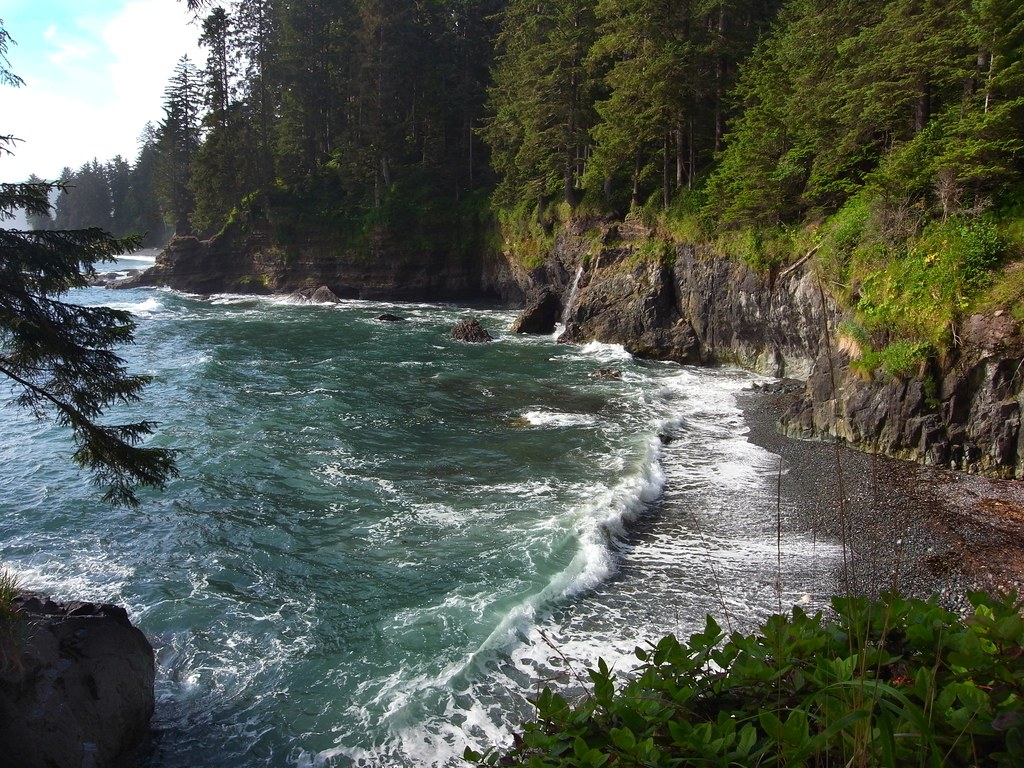Kullaberg63
Member
- Joined
- Mar 6, 2014
- Messages
- 659
I know some of us already own and use these fickle contraptions, whether for remote whitewater runs or simply crossing a body of water on a long wilderness journey.
Yesterday morning at the put in on the San Rafael there were 7 (seven!!) Alpackas being launched within 20 minutes. These things might soon go from fringe to mainstream, like fatbikes and basejumping has.
Before that happens let us become well informed enthusiasts!
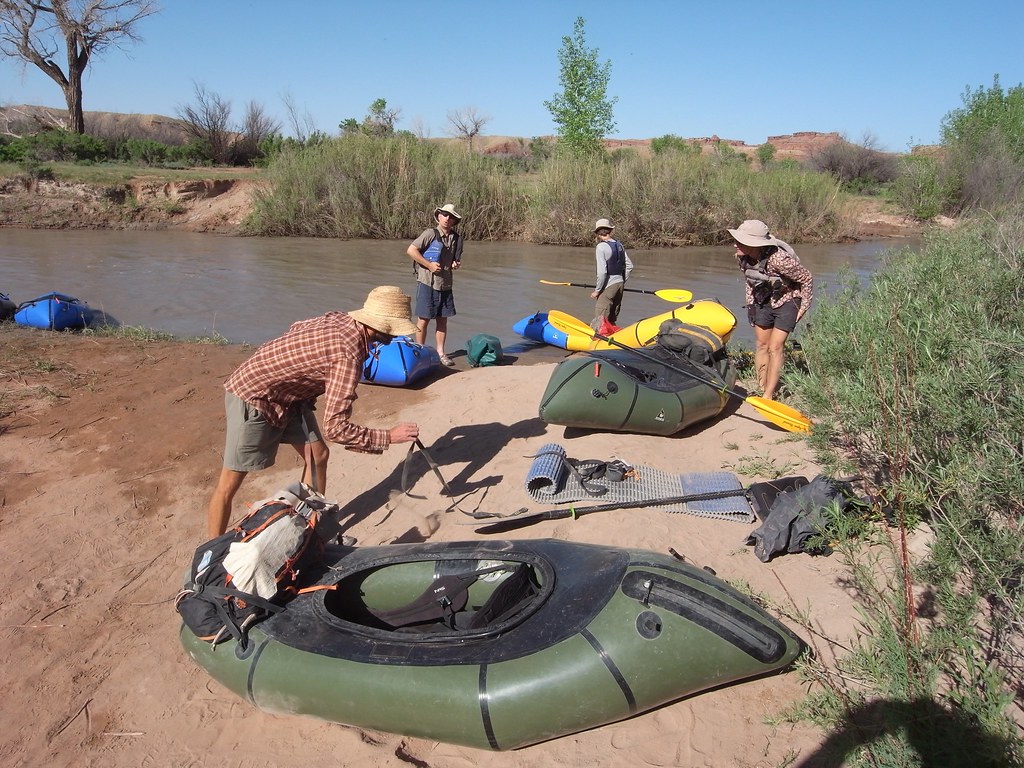
image by kullaberg631, on Flickr
Yesterday morning at the put in on the San Rafael there were 7 (seven!!) Alpackas being launched within 20 minutes. These things might soon go from fringe to mainstream, like fatbikes and basejumping has.
Before that happens let us become well informed enthusiasts!

image by kullaberg631, on Flickr

